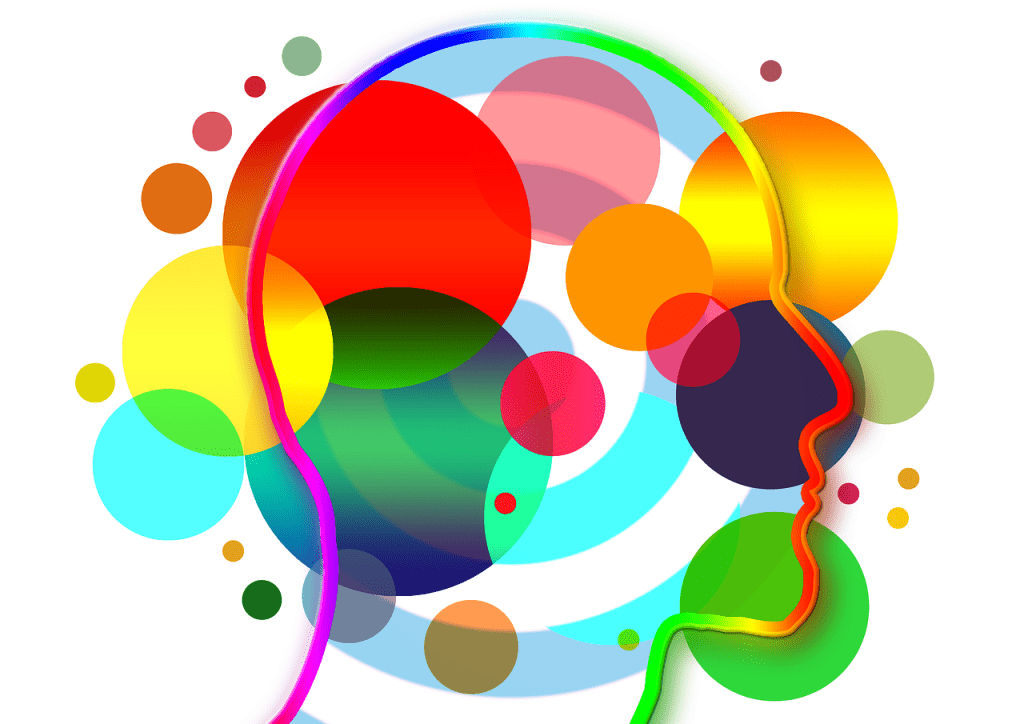
Imagine a world where one or more of your senses seems to work overtime (hypersensitivity), bombarding you with sights, sounds, tastes, smells, or sensations that seem to be unpleasant only to yourself.
Or perhaps you might have a lower reaction (hyposensitivity) to sensory stimuli than other neurotypical people.
Meanwhile, neurotypical people are puzzled by your seeming extreme reactions to sensory input that are not similar to yours.
This is the predicament of many people who are on the autism spectrum.
Different Sensory Sensitivities
Not every autistic person shares the same sensory sensitivity.
According to Elysa J. Marco, etal in Sensory Processing in Autism: A Review of Neurophysiologic Findings, "Many of the atypical perceptual experiences reported in those with ASD are believed to be due to an inability to properly filter or process simultaneous channels of visual, auditory and tactile inputs."
The inability to filter between the different streams of sensory input: visual, auditory, tactile, olfactory, and/or gustatory can create a system overload for people with autism.
Visual input may include overly bright lights or colors that may cause an autistic person to cover their eyes. Tactile input may include the revulsion to certain light touches to the head or upper body. Olfactory or gustatory input may include strong aversions to certain smells or tastes. For instance, a person may have a profound reaction to perfumes or to the taste of raw fish.
According to Zachary J. Williams, etal in A Review of Decreased Sound Tolerance in Autism: Definitions, Phenomenology, and Potential Mechanisms, "about 50-70%" of the autistic population suffers from auditory processing disorders.
Decreased Sound Tolerance (DST)
According to Williams, decreased sound tolerance in the autistic population is comprised of three distinct conditions:
- Hyperacusis: "the perception of everyday sounds as excessively loud or painful."
- Misophonia: "an acquired aversive reaction to specific sounds."
- Phonophobia: "a specific phobia of sound."
DST often manifests in early childhood. You will notice an autistic child covering their ears when the garbage truck goes by, for instance. The loud noise of the garbage truck may be especially deafening to an autistic child that puzzles peers or adults, who may be able to filter out the ambient sound from their everyday activities.
If a person has a traumatic experience with certain sounds, they may develop an aversive reaction to similar sounds or situations to that sound. For instance, if someone was often teased or gossiped about, they may develop an aversion to situations where people seem to be aping or whispering about other people.
Finally, a fear of sound may overtake an autistic individual because of a traumatic conglomeration of adverse reactions to different sounds.
Ultimately, sensory sensitivities end up causing deep anxiety in the autistic individual due to their inability to learn how to manage or filter their sensory sensitivities.
Occupational Therapy (OT) for Sensory Sensitivities
OT is often the best solution for autistic individuals who have sensory sensitivities, per Star Institutes.
Individuals may lead unfulfilling personal lives that are full of joylessness and anger issues that result from the inability of others to understand.
Star Institutes says on their website in regards to sensory sensitivities:
"This is often due to “fight or flight” responses in the adult, which are misinterpreted by others. Through a combination of activities (OT) designed to raise the person’s sensory threshold and psychoeducation, many adults can achieve peace and fulfillment.
Sensation and emotion are irretrievably linked, thus most adults with significant sensory issues also have developed coping strategies which include emotionally aberrant behaviors. This might include withdrawing from certain situations and people, or in some cases aggression when they are challenged. We have exceptionally well-trained psychologists on staff who specialize in adults with sensory and emotional challenges. These psychologists can help adults understand their own behavior and can help couples deal with the fallout of responses to sensory input which are atypical and affect the emotional system."
Options may include:
- Tactile: Weighted blankets or vests
- Auditory: Noise cancelling headphones
- Visual: Not seated in an area with bright or blinking lights
- Olfactory: Ask employees to refrain from using heavily scented products
Job Accommodation Network has a list of accommodations to try.
Please let me know if you have any questions or comments in the section below!



Add a comment to: An Inside Look at an Outsider: Sensory Sensitivities